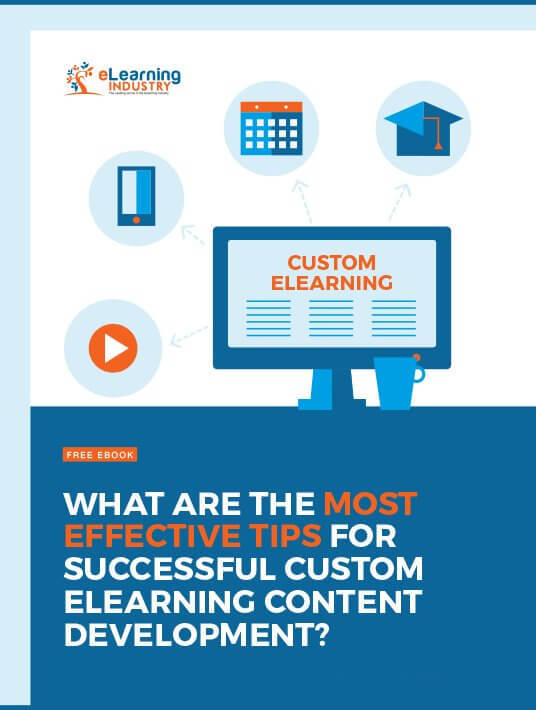When it comes to custom eLearning content development, a one-size-fits-all approach just doesn’t cut it. True success and an exceptional educational experience require a mix of the right expertise, delivery treatments, and development processes.
Here are PulseLearning’s top five tips for consistently excellent custom eLearning content development.
1. Determine The Business Goals
A successful custom eLearning project begins with getting the groundwork right. First, it is critical to determine the client’s business goal, which is the need that initiated the training requirement that will provide a robust foundation to build the training upon. These key questions can help:
- What challenges will the training help overcome?
- What information does the audience need to know and why?
- What is the desired post-training result?
A skilled learning consultant can provide guidance to extract the information and distill the essence of the project. When the business goal is crystal clear, success measures can be set for use in evaluating training success after implementation.
2. Lock In Learning Objectives
Next, the business goals and success measures should be used to write clear, action-oriented learning objectives. You could think of learning objectives as the framework or supporting structure that will inform the required content for the custom eLearning project. Putting the time into getting your learning objectives right is essential.
The learning objectives drive decision making. For example, when assessing content to include, always revisit your learning objectives and ask if each piece assists in reaching the big-picture business goal. Importantly, learning objectives should never be written retrospectively.
3. Engage The Right Experts
When spending your precious training budget on custom eLearning, working with a development team you can trust is vital. Look for an established team with a strong portfolio, servicing clients across a range of industries. You should feel like you are in safe hands so you can stay focused on business while your experts look after the end-to-end content development process.
Engaging a development team with global presence brings major advantages, including time saving due to working across time zones, experience in localization, and access to international best-practice methodologies. A global eLearning development company will also have a larger talent pool to draw from when forming a project team with the right mix of expertise for a specific project.
4. Innovate Appropriately
When investing in custom eLearning, clients usually want something different that pushes the envelope creatively. The key is to provide appropriate innovation rather than "jumping on every train". Just because a treatment like gamification is the latest trend, it may not suit your project. Innovation and creativity should always be used to enhance the educational experience and never come at the cost of learning.
A skilled development team will consider your technical abilities and propose the most effective solution. Content should suit the learner but also satisfy technical specifications. It is all about using a variety of media and content treatments for the audience and intended devices.
5. Follow A Watertight Process
The backbone of every successful custom eLearning project is a sound design and development process. The process will guide your design to realization from the initial client collaboration to understand the training needs through to translating these into the most appropriate learning experience. A streamlined process ensures your custom eLearning project comes in on time and within budget.



